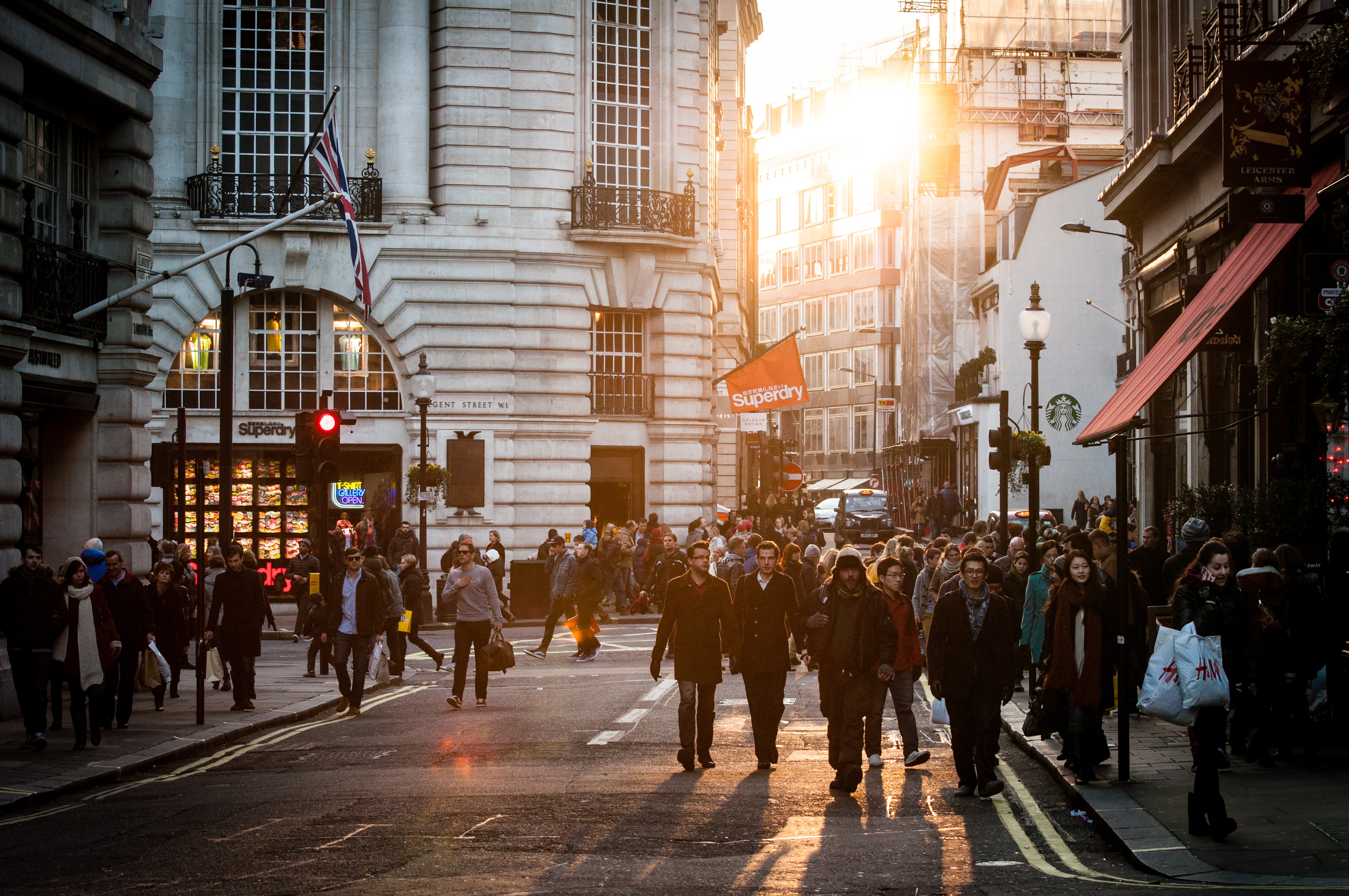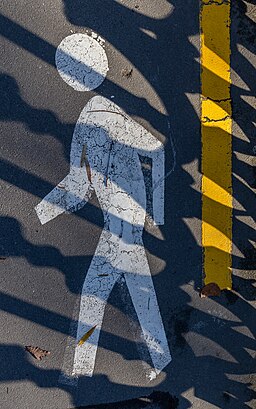A recent analysis from researchers at the University of California provides insight into how cities can increase active travel through infrastructure changes. Active travel is a term that can be used to describe any kind of human-powered transport, but in this study it just encompasses cycling and walking. Since Living Streets Aotearoa is New Zealand’s national pedestrian organisation, we will focus on summarising the findings relevant to walking, but as you will see there are some interesting connections between increasing both walking and cycling.
 This research was conducted using Google’s Environmental Insight Explorer (EIE) which contains data from opted-in users about the number of trips, the distance traveled, and the mode of transportation used for these trips. Researchers also used EIE to look at and measure aspects of urban design, physical environment, and other factors in each city, so they could investigate how different factors might influence active travel in each city. The researchers analysed over 10,000 cities, in 121 countries, on six continents, and the population in cities they included makes up ~41% of the world’s urban population. This kind of large-scale analysis can be helpful for seeing general trends that can apply to cities globally.
This research was conducted using Google’s Environmental Insight Explorer (EIE) which contains data from opted-in users about the number of trips, the distance traveled, and the mode of transportation used for these trips. Researchers also used EIE to look at and measure aspects of urban design, physical environment, and other factors in each city, so they could investigate how different factors might influence active travel in each city. The researchers analysed over 10,000 cities, in 121 countries, on six continents, and the population in cities they included makes up ~41% of the world’s urban population. This kind of large-scale analysis can be helpful for seeing general trends that can apply to cities globally.
Here are five big takeaways from this study:
- Walking is a large part of active transport, but walking's role receives less attention and academic study than cycling. Averaging walking data from all of the cities studied reveals the cross-national average that people are walking for ~14.3% and are cycling for ~2.1% of their trips in cities. And as a percentage of total km traveled, walking accounts for ~2.0% of the distance traveled and cycling accounts for ~0.9% of distance traveled, which reflects the speed of active travel and the fact that trips are often shorter than those using other modes of transport.
The researchers also ranked the top countries by the trips walked by distance. The top five countries for walking are Haiti, Afghanistan, Senegal, Slovakia, and Serbia. In comparison to countries that had the greatest distance of cycling trips, these countries:
"...have a low profile in the news media and urban planning literature, even though in our dataset, walking accounts for ~6.9 times as many trips and ~2.3 times as many kilometers as cycling.”
There are three key factors that increase walking uptake in cities. Perhaps unsurprisingly, the factor that impacted walking share the most was urban density. People walk more when the places they live, work, and want to go to are closer together.
Another driving factor is high petrol prices. The researchers found that higher petrol prices propelled people to walk more instead of driving.
The third factor that increased walking is the number of bicycle lanes in a city. The more bicycle lanes there are in a city, the more people are walking. Now this might seem confusing because cycling infrastructure doesn’t directly impact pedestrians, but the study authors suggest that bicycle lanes may be a proxy for pedestrian-friendly design because streets with bike lanes are also more likely to be wider and have pedestrian infrastructure like footpaths and raised crossings. It’s also possible that cities that invest in more bike lanes also invest more in infrastructure that supports active travel as a whole, including pedestrian infrastructure. This also shows cycling and walking can easily coexist because safe, separated infrastructure for each doesn’t have to come at the expense of the other.
Physical geography and climate factors do not impact walking uptake. Interestingly, the researchers did not find that steep terrain or increased precipitation influenced walking. This is an encouraging result, because it means that factors that matter the most to promote walking are within our control to change.
Local governments can act to make cities more walkable. For example, governments can act to make cities denser by increasing building height limits and removing parking requirements. City governments can also improve infrastructure for active transport like putting in more bike lanes, raised crossings, and traffic calming measures. And the influence of higher petrol prices suggests that price disincentives like congestion pricing and paid parking could also lead to more people shifting to active transport. As a companion piece to this article, the research team created a guide for local governments explaining the results of their research and sharing success stories from cities around the world as inspiration.
Increasing active travel like walking significantly improves climate and human health. The study also modelled the outcomes of redesigning streets to prioritise cycling infrastructure in cities (the study's authors considered that it was appropriate to use cycling infrastructure as a proxy for walking infrastructure in this case). They found that these changes would lead to a much greater uptake of walking and cycling, which would lead to lower carbon emissions and benefits for human health including lower air pollution, less psychosocial stress, and better road safety.

In conclusion, it would be great to see local governments in Aotearoa New Zealand take this study to heart and act to improve active travel and walking specifically. While we can’t compare directly to data from this study which looked at overall transport, the 2023 census did collect data about the mode of transport people use to get to work and to education. From the 2023 census, nationwide ~4.18% of people walk to work and ~17.83% of people walk to education. And sadly the percentage of people walking both to work and to education has decreased between the 2018 and 2023 census. Local governments can and should act to reverse this trend to improve climate impacts and the lives of their residents.
Photo: Michal Klajban, CC BY-SA 4.0, via Wikimedia Commons
